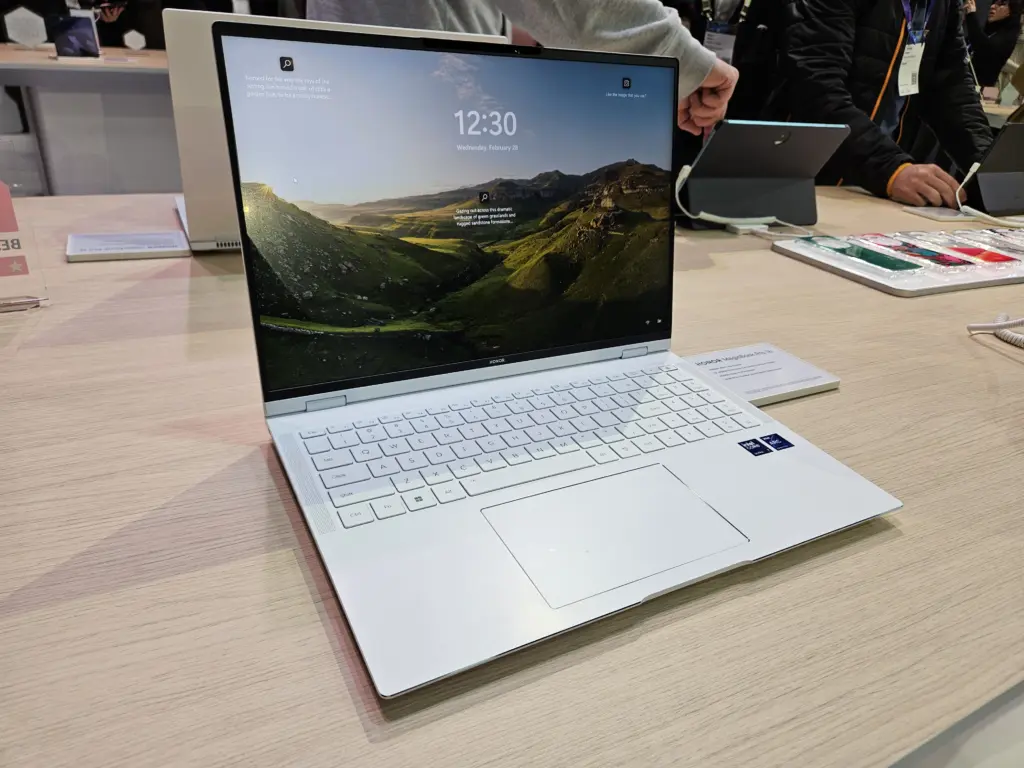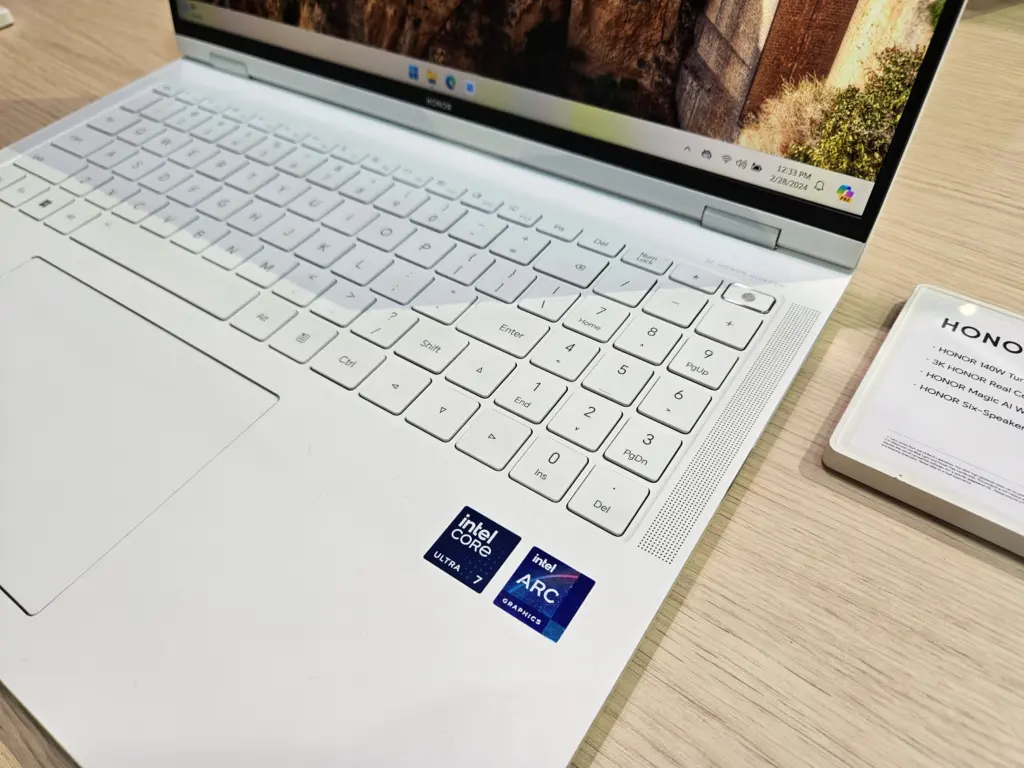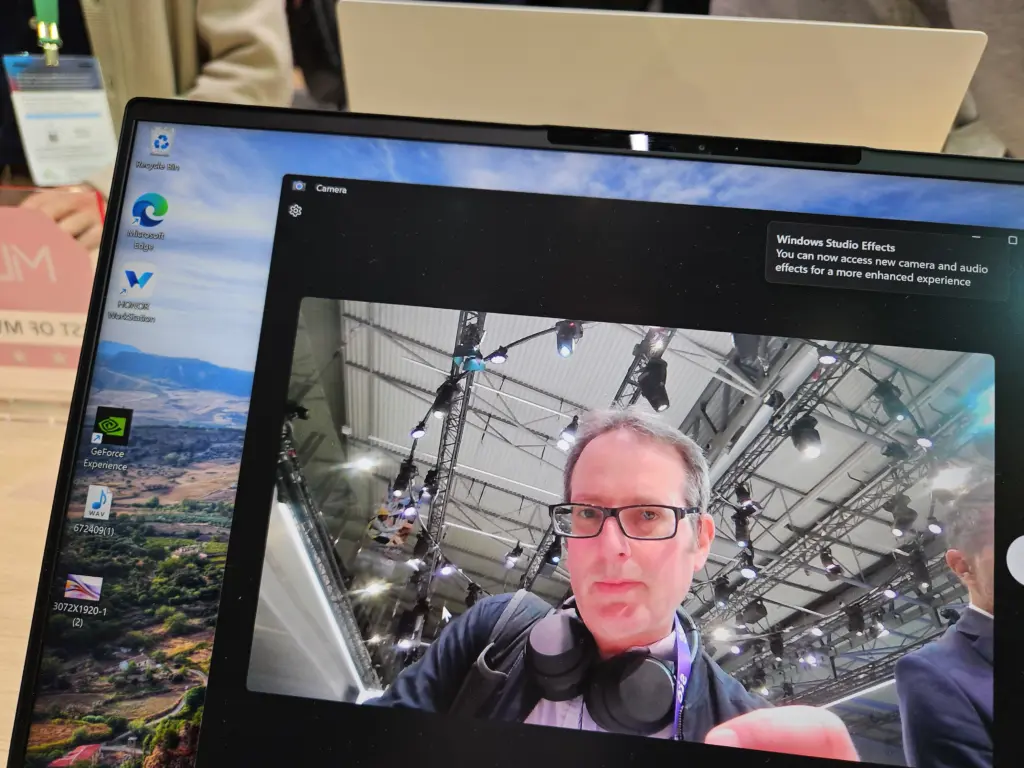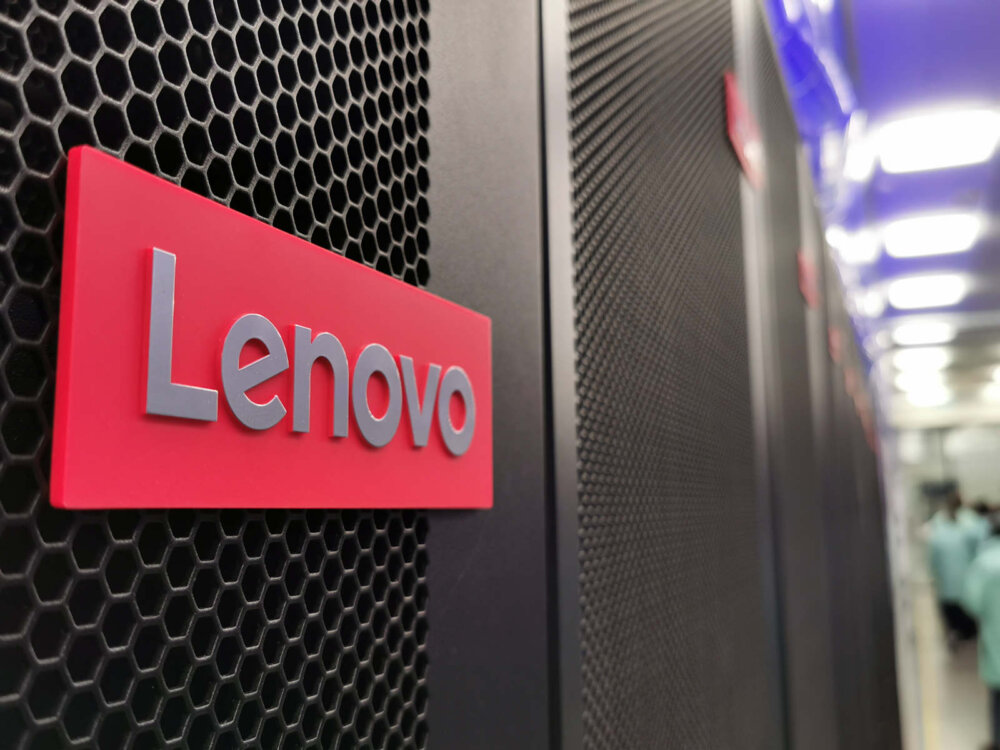
Honor MagicBook Pro 16 (2024) review: first look at the only true AI PC launched at MWC 2024
Despite AMD and Intel’s best efforts, the term AI PC is struggling to make much of an impact in the world. Maybe – just maybe – the new Honor MagicBook Pro 16 could change that, because for once it can genuinely claim to be an AI PC.
Inside, it has two key components: an Intel Core Ultra 7 CPU and an Nvidia RTX chip, both of which have the skills to deliver on AI tasks. With Honor’s own AI software on top, users might actually start to think there’s something in this AI PC idea.
So should you buy it? That’s what I seek to explore in this first-look review of the Honor MagicBook Pro 16, which I played with for quite some time at MWC Barcelona 2024.
Related: Three things AI PCs can do already | TechFinitive
What makes the Honor MagicBook Pro 16 an AI PC
Any laptop you buy this year that features an Intel Core Ultra processor falls under the marketing headline of an AI PC. That’s because it includes a neural processing unit or NPU.
However, many AI tasks rely on graphical power too, which is why it’s so important that the MagicBook Pro 16 includes a separate Nvidia chip. And it’s a powerful one, too. The machines on the show floor featured RTX 4060 graphics, which are a world away from the Arc graphics built into Intel’s latest Core Ultra processors.
The MagicBook Pro 16 is also “bringing the power of Windows and Azure Speech Services to customers, showcasing the potential of on-device AI and cloud-based AI working together to enable individuals and organisations to achieve more,” to quote Mark Linton, VP of Device Partner Sales at Microsoft.
Ultimately, it all depends on what you’re doing and where the AI software takes us. If Microsoft brings Copilot to local chips as expected, for instance, the MagicBook Pro 16 will be perfectly placed to take advantage. That means less time waiting for answers to appear and better privacy as you aren’t sharing data with a cloud service.
You can take advantage today, too. At its most basic, the MagicBook offloads video processing tasks – such as blurring – to the graphics chip and NPU, but you can also load Stable Diffusion to this PC and create your own AI-generated images. Or experiment with Nvidia’s Chat with RTX AI chatbot.
Honor MagicBook Pro 16 review: design

One of the problems for so-called AI PCs is that they look like normal PCs. In this case, that means a sleek-ish 16in machine. It’s available in white and purple, with Honor unveiling the white model at MWC Barcelona 2024.
On the show floor under slick lighting, the all-white MagicBook Pro certainly looks attractive. My only fear is after two years of bumps and commutes, that stylish matt white will look more like my collection of two-year-old white t-shirts. Let’s just say that Persil won’t be using them in adverts.
This perhaps unfounded fear aside, I like the Honor MagicBook Pro 16’s design. I don’t have an official weight, but it feels under 2kg. I would estimate 1.8kg, which isn’t bad when you consider it has a full Nvidia graphics card inside.
Honor MagicBook Pro 16 review: keyboard quality

I would like Honor to pay more attention to the feel of its keys. They lack the premium cushioning that marks out great keyboards from the mass of perfectly good ones.
Only US versions of the keyboard were on show at MWC 2024, so there’s a slim chance that the single-height Return key will become double-height in the UK. But I doubt it.
Personally, I would also prefer the cursor keys to be separated out rather than merged into the included number pad – but, like the cushioning, this isn’t a huge problem in daily life.
The touchpad is smooth and large, so no complaints there, and it’s always good to see a fingerprint reader at the top right of the keyboard for easy logins.
Key specs of the Honor MagicBook Pro 16
| Processor | Intel® Core™ Ultra 7 processor 155H |
| Graphics* | Nvidia GeForce RTX 4060 |
| Memory* | 32GB LPDDR5 soldered |
| Screen | 16in IPS, 3,072 x 1,920, 165Hz refresh |
| Storage* | 1TB |
| USB ports | 2 x USB-C 3.2 Gen 2, 2 x USB-A 3.2 Gen 2 |
| Other ports | HDMI 2.0 |
| Wi-Fi* | Wi-Fi 6 |
Camera, speakers, screen
Laptop manufacturers now take webcam quality seriously, and it’s one of the areas where AI makes a difference too. On the show floor – bathed in lighting – the Honor MagicBook Pro 16 produced great, detailed images with good colour balance.
Perhaps I’m a little over-pink in the picture below, but it’s far better than the average laptop webcam.

I also played a demo audio file to see whether the spatial audio support was detectable, but I detected nothing more than the normal stereoscopic sound stage. That’s a feature that will have to wait for testing in our labs.
The same is true for the screen, but it’s obvious that this is a high-quality affair. Its key specs are a 3,072 x 1,920 resolution, wide colour gamut (Honor claims 100% coverage of DCI-P3, as favoured by Hollywood films) and a 165Hz refresh rate.
Honor also made a bunch of claims about the screen’s eye comfort, but let’s wait and see on that one.
Battery life
We must also rely on Honor’s battery life claims for now. There’s a 75Wh unit inside, and in its presentation, Honor reckoned it lasted 12 hours in PCMark’s Modern Office test – compared to 7.6 hours for a “traditional PC” with a 99.9Wh battery.
In the footnotes, Honor stated: “‘Traditional PC’ primarily refers to 40 series gaming laptops”, and such mediocre battery life is definitely true for them. But they also often have more power-demanding screens.
However, I rarely see any laptop last close to 12 hours in PCMark’s Modern Office test, so it’s a positive sign.
Honor MagicBook Pro 16 review: price, release date & early verdict
We know the Honor MagicBook Pro 16 will go on sale in China first with Europe likely to follow soon after, but we don’t yet have a confirmed price or release date.
However, all Honor laptops are priced competitively, and I expect no different here. With that caveat/assumption in place, this looks set to be one of the best AI PCs released this year – and it’s certainly my pick of all the PCs launched at MWC.
More from MWC 2024
NEXT UP

Dear Lord, let this be the last World Password Day
Security expert Davey Winder explains why he wants this to be the last World Password Day ever and prays for World Passkey Day instead

Mark Allen, Head of Cybersecurity at CloudCoCo: “It’s alarming to witness the extent to which deepfakes can be weaponised”
Mark Allen, Head of Cybersecurity at CloudCoCo, provides what amounts to a step-by-step guide to keeping your business more secure against cyberattacks – including deepfakes

Inside Lenovo’s Budapest factory: making workstations more sustainable
Lenovo has just switched on 5,072 solar panels to make its Budapest factory more sustainable. We go behind the scenes